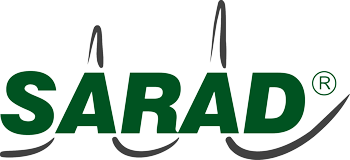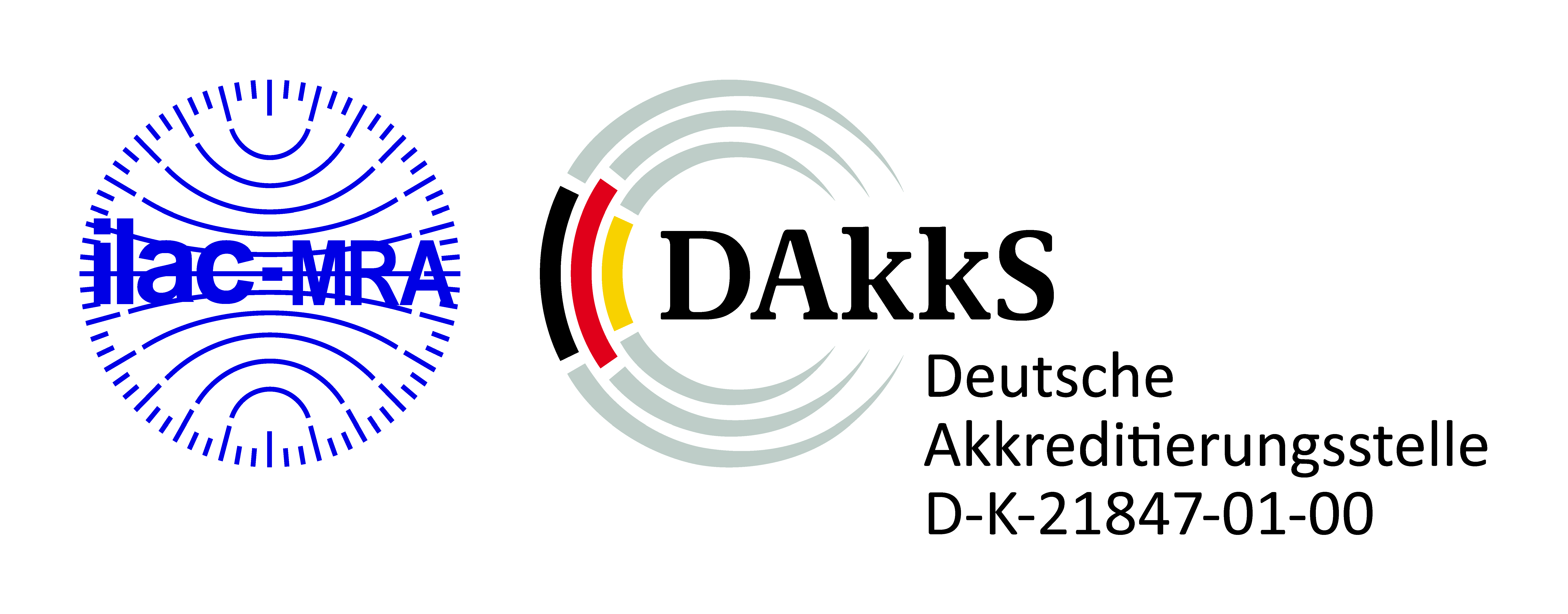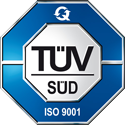Which measuring device fits my expected radon concentration?
Radon is a very dynamic measure. Concentrations in the range from milli-becquerel to mega-becquerel can occur in the environment. The widest measuring range is provided by devices with electrostatic collection and semiconductor detectors. Some devices have a very limited measuring range, which excludes different areas of application.
The radon concentration in the outside air is a few becquerels per cubic meter. The abbreviation of the unit is Bq/m³. Average values indoors are 10 to 100 Bq/m³. In radon-contaminated areas, however, the concentration can rise up to a few thousand becquerels per cubic meter, while up to 100,000 Bq/m³ is possible at underground workplaces or in waterworks. Concentrations up to the mega-Becquerel range occur in the soil air.
The legal reference value was defined as an annual average. If the measuring range were exceeded, however, the measuring range limits would be included in the calculation of the mean value instead of the actual concentration values and falsify it. In some cases, a very low concentration or the complete absence of radon should be demonstrated. The limits of the measuring range should therefore always be adapted to the application.
The measuring range limits of a device depend on the one hand on the measuring principle and on the other hand on the electronic signal processing.
Spectroscopic devices with semiconductor detectors and high-voltage separation offer by far the lowest lower limit. The background count rate of semiconductor detectors is 0.01 pulses per hour and square centimeter in the energy range of the radon progeny. This corresponds to a concentration of less than one milli-Becquerel per cubic meter for the measuring chamber used by SARAD.
Upwards, the measuring range is determined by the time required for the detection of a decay. The pulses in semiconductor detectors or in scintillation chambers are in the range of a few microseconds, so that measurements in the range of mega-Becquerel are possible without dead time effects leading to linearity errors.
Scintillation detectors require a light-sensitive detector with a large gain. Spontaneous emissions of electrons lead to an underground signal which is in the range of a few Bq/m³.
In ionization chambers, a background signal is generated by external radiation or by spontaneous ionization, so that here too the lower limit of the measuring range is a few Bq/m³. Ionization chambers can only work in pulse mode at concentrations in the range of a few kBq/m³. This is due to the long collection times of the positive charge carriers in the air. After that, only a time-variant current signal is available due to superimposition. Devices that cannot process the current signal therefore have an upper-limit measuring range.
It should be noted that the detection limit and thus the lower measuring range limit for devices without real α-spectroscopy increases due to the progressive long-term contamination.
FAQ
- What to pay attention to when choosing a device?
- Which device delivers the fastest measurement result?
- Which measuring device fits my expected radon concentration?
- What about long-term contamination?
- What does sensitivity mean? How important is it?
- Is Thoron an issue that affects me too?
- What advantage do I get from time-resolved radon measurement?
- How accurately can I measure radon?
show all


